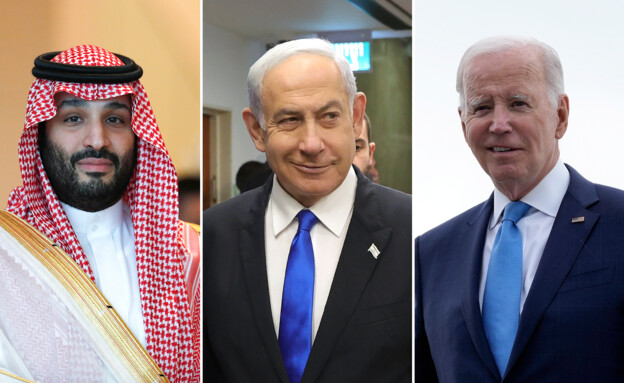The United States aims to achieve a significant reduction of Chinese technology influence in Saudi Arabia through a defense agreement. This agreement would secure a strategic position for the US in the region, countering the growing influence of Beijing and Moscow in the area. However, doubts exist regarding President Biden’s ability to advance this deal without the inclusion of Israel and its normalization with Saudi Arabia.
The American Congress may pose a challenge in approving the deal, which promises substantial benefits for Saudi Arabia, particularly in the nuclear sector. There are concerns about the lack of apparent benefits for Israel in this agreement. Despite President Biden’s efforts to push for this deal, time is of the essence as it could be a pivotal achievement in his foreign policy agenda leading up to the November presidential elections.
The proposed agreement between Saudi Arabia and the US would be presented to Israel, offering a choice of joining the deal for normalization with Saudi Arabia or being left behind. Netanyahu’s requirement for joining the agreement is to end the conflict in the Gaza Strip and agree to future plans for a Palestinian state.
The US Secretary of State, Anthony Blinken, has indicated that the agreement between the US and Saudi Arabia is nearing completion, following intensive negotiations. In the event that Israel does not agree to the terms of the deal, a backup plan involving the promotion of a civilian nuclear program in the region has been devised by the US and Saudi Arabia.
During Blinken’s recent visit to Riyadh, he met with Saudi Crown Prince Mohammed bin Salman, who expressed support for the Palestinian cause. However, potential stumbling blocks remain, such as Israel’s insistence on achieving “total victory” over Hamas before agreeing to any ceasefire terms. Despite Blinken’s opposition to a large-scale operation in the Gaza Strip, concerns persist regarding the future of the proposed agreement and its implications for the region.
